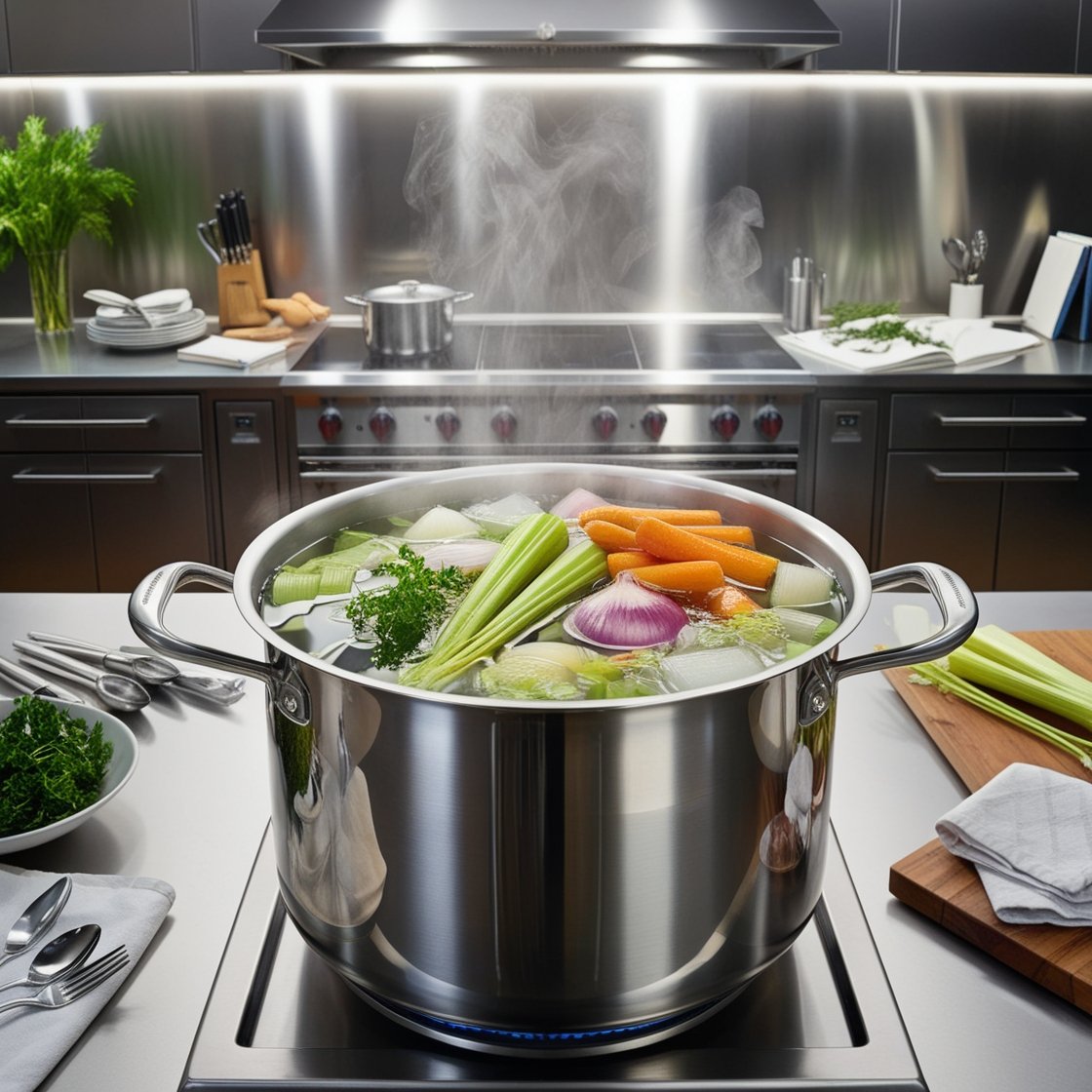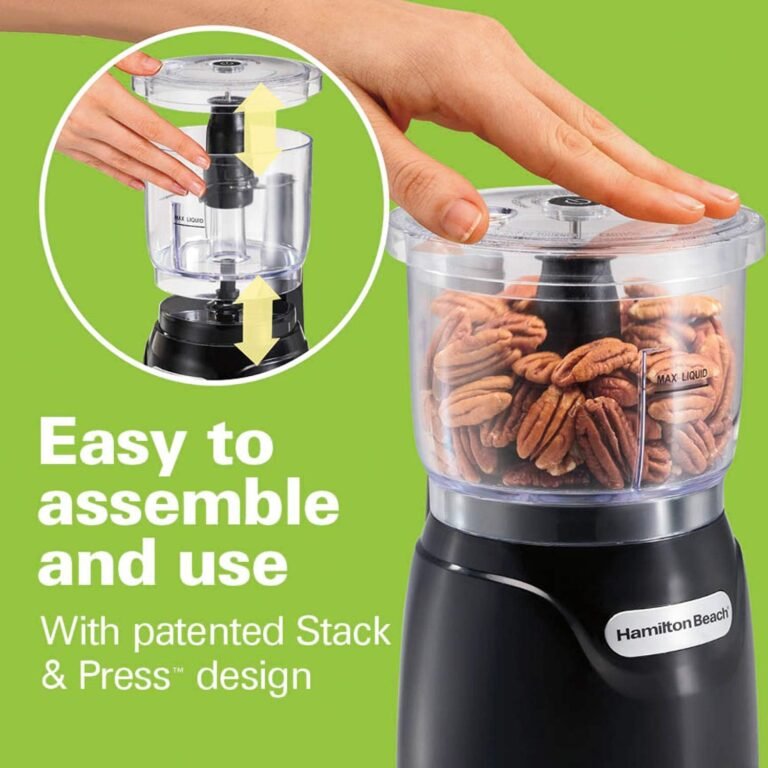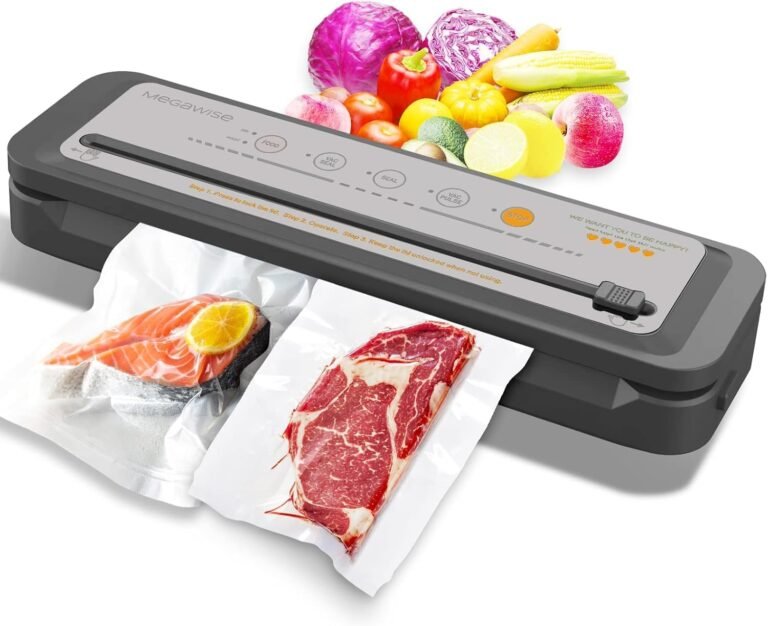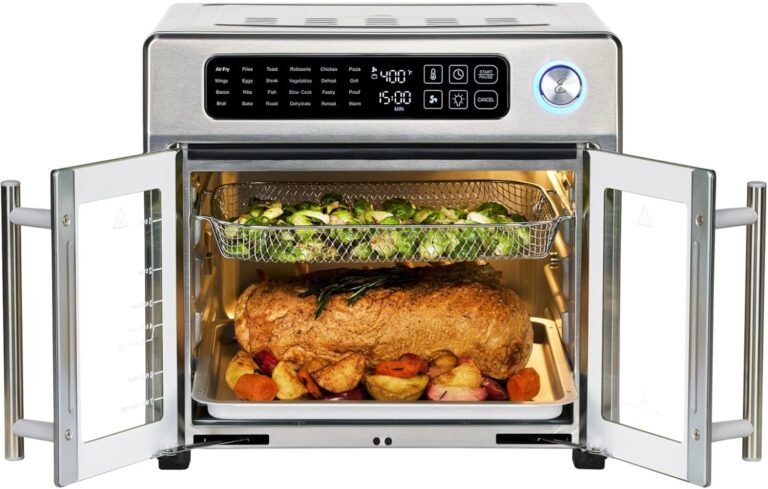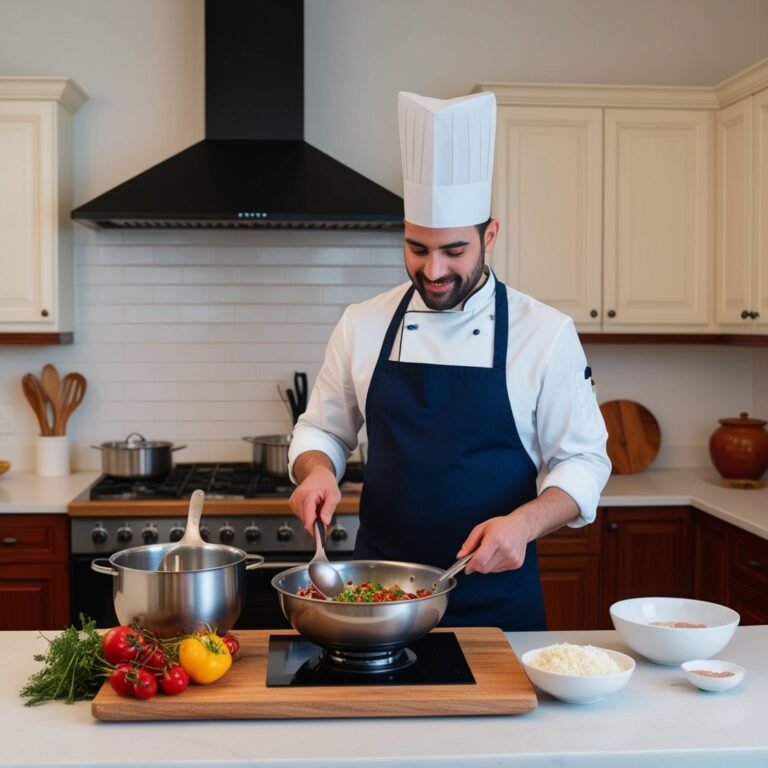The Basics of Boiling, Steaming, and Simmering: What’s the Difference?
Understanding Boiling: The Foundation of Cooking
Boiling is a fundamental cooking technique that involves submerging food in water or broth at high temperatures, specifically at 100°C (212°F) at sea level. This method is often the basis for preparing various meals, influencing both the texture and flavor of the ingredients. During boiling, the rapid movement of water molecules increases the heat transfer to the food, effectively cooking it quickly. The boiling point can vary slightly based on altitude and water composition, which is an essential aspect to consider in diverse culinary practices.
There are several techniques that fall under the umbrella of boiling, two of the most notable being blanching and parboiling. Blanching involves briefly immersing food, such as vegetables, in boiling water before transferring it to an ice bath. This technique helps preserve color, texture, and nutritional value while also preparing the food for freezing or further cooking. Conversely, parboiling means partially boiling ingredients, such as potatoes or rice, to expedite their cooking process. This technique is beneficial for recipes requiring longer cooking times, ensuring even and thorough cooking.
To achieve the perfect boil, it is crucial to monitor water temperature and maintain an appropriate heat level. Using a thermometer can help gauge when the water reaches boiling, allowing for optimal timing in food preparation. A high-quality pot or saucepan, preferably made of materials that conduct heat efficiently, is essential for boiling. Additionally, utilizing a lid can promote rapid boiling by trapping heat, though it is necessary to remove the lid periodically to avoid overflows. By comprehending the foundational aspects of boiling and the techniques associated with it, one can enhance their culinary abilities, ensuring delicious results every time.
The Art of Steaming: A Healthier Alternative
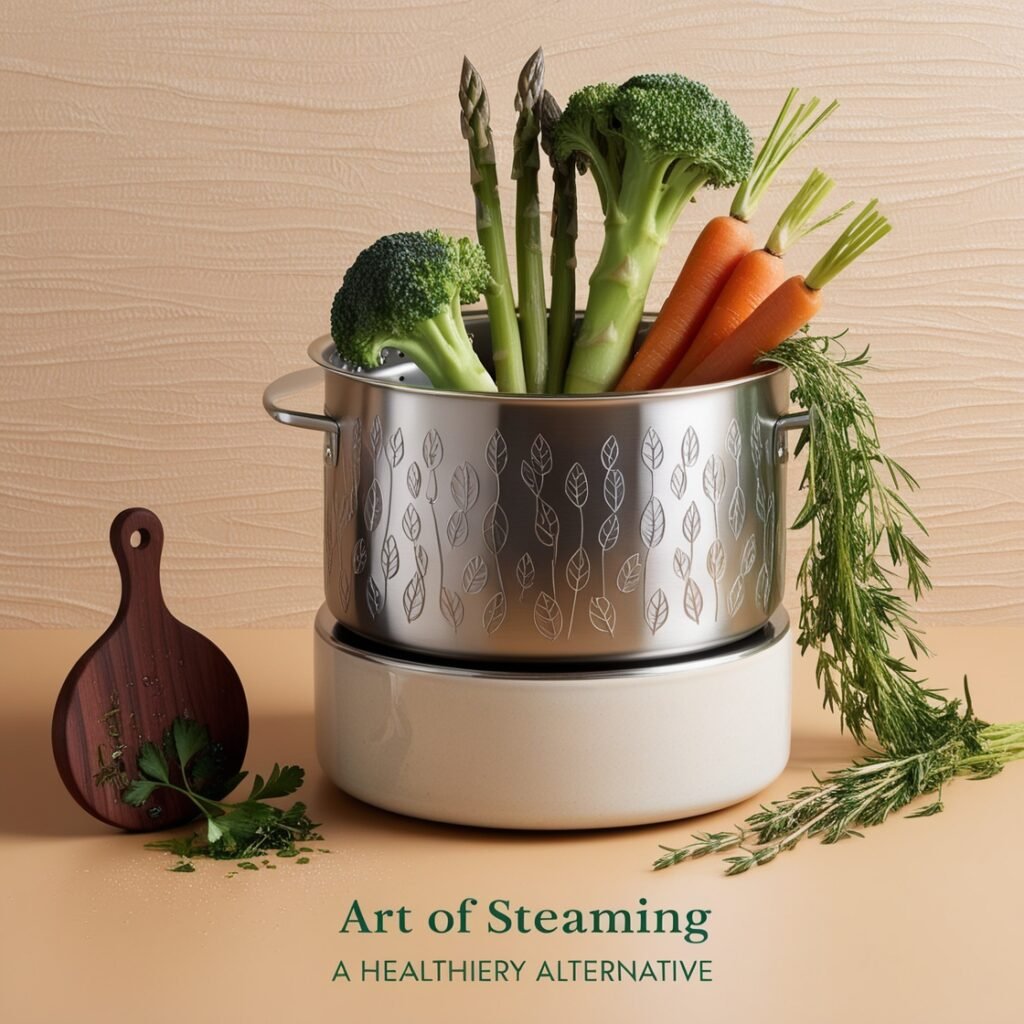
Steaming is a cooking technique that involves the use of steam to cook food, which provides a healthier alternative to methods like boiling. When food is steamed, it is exposed to steam from boiling water, allowing it to cook without direct contact with water. This process preserves nutrients, flavors, and textures more effectively than boiling. Foods, particularly vegetables, retain their vibrant colors and vital nutrients when steamed, as there is minimal leaching into water, a common issue with boiling.
One of the primary advantages of steaming is its ability to maintain the natural taste and nutritional value of food. Unlike boiling, where essential vitamins and minerals might dissolve into the water, steaming ensures that these nutrients remain intact. For example, steaming greens can preserve about 90% of vitamin C, while boiling may reduce their vitamin content significantly. This nutrient retention makes steaming an ideal choice for health-conscious individuals looking to maximize the health benefits of their diet.
Various steaming methods can cater to different culinary needs and equipment availability. A conventional option is the steamer basket, which is placed over boiling water, allowing steam to circulate and cook the food. For those seeking convenience, electric steamers and appliances like Instant Pots provide efficient alternatives, simplifying the cooking process while ensuring consistent results. Moreover, steamers come in different materials, with bamboo steamers being a popular choice due to their sustainability and ability to impart a subtle flavor to the food. Silicone steaming trays are also increasingly sought after for their ease of cleaning and flexibility.
Incorporating steaming into your cooking repertoire not only promotes healthier eating habits but also brings a new dimension of flavor and texture to your meals. By utilizing recommended products like bamboo steamers or silicone trays, home cooks can successfully embrace the art of steaming.
Simmering: The Subtle Approach to Flavorful Dishes
Simmering is a cooking technique that involves maintaining a temperature of approximately 85°C to 95°C (185°F to 205°F). This method is characterized by the gentle bubbling of liquid, allowing for a more controlled cooking process compared to boiling. Simmering is particularly effective in developing and enhancing flavors in various dishes, including sauces, soups, and stews. The slow and steady heat promotes the infusion of spices and ingredients, resulting in a rich and cohesive flavor profile.
When utilizing simmering in cooking, it is essential to ensure that the heat is appropriately regulated. Unlike boiling, which uses high heat to rapidly cook food, simmering requires a more subtle approach. By doing so, one can prevent ingredients from breaking down too quickly, which could compromise texture and taste. This method is ideal for cooking tougher cuts of meat, as it allows collagen to break down slowly, leading to tender and flavorful meals. Furthermore, simmering enables the gradual release of flavors, enriching the overall dish.
While simmering is often used for soups and stews, it is also instrumental in creating sauces. It allows the flavors to meld together, resulting in a harmonious blend that elevates even the simplest recipes. To achieve the perfect simmer, it is advisable to use heavy-bottomed pots or slow cookers. These vessels distribute heat evenly, minimizing the risk of burning during the cooking process. Additionally, keeping a lid slightly ajar can help regulate the steam, maintaining the essential moisture without boiling the liquid away.
In summary, simmering serves as a crucial cooking technique that not only ensures the optimal texture of ingredients but also enhances the depth of flavors in your culinary creations. By mastering this method, home cooks can savor the delightful results that simmering uniquely provides.
Choosing the Right Method: Practical Applications and Tips
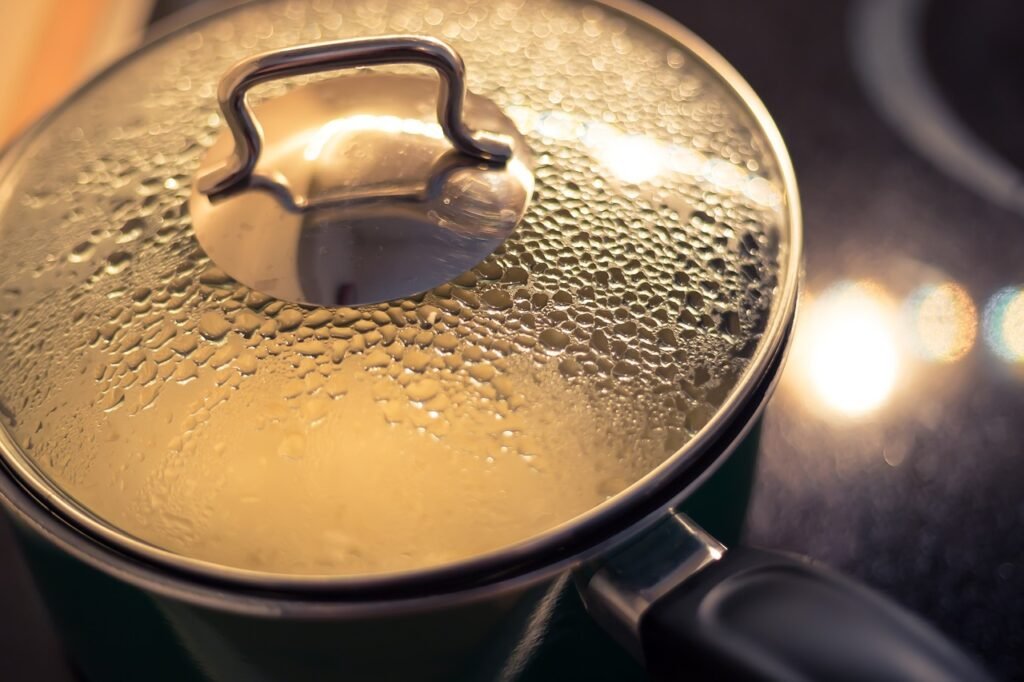
When deciding between boiling, steaming, and simmering, it is essential to consider the type of food being prepared and the health benefits associated with each cooking method. Boiling is suitable for starchy foods like pasta or potatoes, where rapid cooking helps to soften the texture. However, it’s vital to monitor cooking times to prevent overcooking, which can lead to mushiness. In contrast, steaming is an ideal choice for vegetables, as this method preserves nutrients and vibrant colors. Steam cooking also works well for delicate proteins, such as fish, ensuring they remain moist without the use of additional fats or oils.
On the other hand, simmering offers advantages for preparing soups, stocks, and sauces. This method allows for a gradual cooking process that helps to develop deeper flavors and tenderizes tougher cuts of meat. By keeping a watchful eye on temperature management, home cooks can avoid the pitfalls of boiling, which can lead to a harsh texture and loss of essential nutrients in many ingredients.
To effectively control cooking techniques, it is beneficial to utilize suitable kitchen utensils. A good quality pot with a lid is vital for boiling and simmering to retain heat and moisture. For steaming, consider investing in a dedicated steamer basket, which can fit into various pot sizes, or opt for an electric steamer to enhance convenience. Additionally, using a thermometer can help maintain the correct temperature while simmering, ensuring that dishes turn out perfectly every time.
Ultimately, the choice of method hinges on personal preferences and health considerations. By understanding the applications of boiling, steaming, and simmering, home cooks can confidently choose the technique that best aligns with their culinary objectives while maximizing flavors and nutrition.

